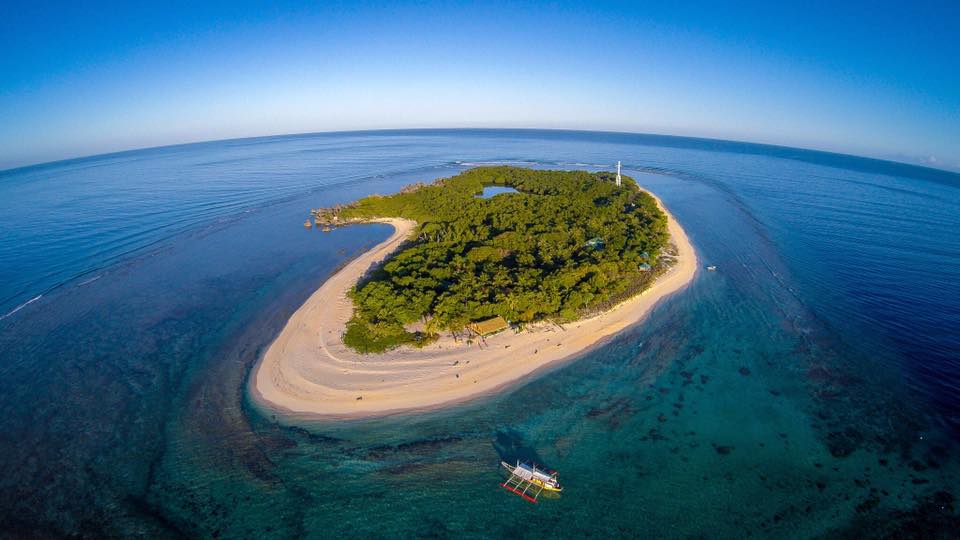
by Angelique Ogena, Information and Communications Assistant, BIOFIN Philippines
This year’s International Day for Biological Diversity puts us at the centre of conservation efforts in the fight to save biodiversity amid the ongoing COVID-19 pandemic. This year’s celebration follows the theme “We are part of the Solution for Nature.”
But how can we be truly part of the solution?
Protected areas for a protected future
Nature is a reliable provider of our daily basic needs such as clean water for drinking, air for breathing and other resources such as medicine, jobs, and climate change mitigation to create a more resilient nation. According to Campaign for Nature, Protecting the world’s land and ocean resources outweighs financial costs at least five-to-one.
Globally, this can lead to USD 250 billion in increased yearly economic output, plus USD 350 billion in improved ecosystem services annually. If we zoom in to the ecosystem and species levels, national parks are at the top tier when it comes to natural wealth and therefore the most in need of protection and sustainable management. According the International Union for the Conservation of Nature, a global network of protected areas can store at least 15 percent of terrestrial carbon, boosting the value of conserving protected areas to new heights. Added to this is the fact that 75 percent of emerging infectious diseases in humans originates from zoonotic pathogens is enough reason to revisit and reprioritize resources toward the improvement of natural resources management especially in protected areas to prevent future pandemics.
With this, a global initiative called the Biodiversity Finance Initiative (BIOFIN) implemented by the Department of Environment and Natural Resources (DENR) and United Nations Development Program (UNDP) in the Philippines is preparing to roll out an awareness raising campaign that seeks to raise awareness on the economic and ecological values of PAs, increase its revenue through increased visitation, and establish partnerships within the PAs such as with the private sector. Side-by-side is a proposed Presidential Proclamation to proclaim June 2021 to May 2022 as the “Year of the Protected Areas” and June of each year as “Month of the PAs”. Both are in in support to the Republic Act 11038 or the Expanded National Integrated Protected Areas System Law.
How the Philippines Can Build Back Greener After COVID-19
Safeguarding biodiversity reduces future health risks and makes society more resilient. Nature-positive solutions follow a wholistic approach, which is highlighted in an opinion piece written by the biodiversity finance legislative champion, Representative Josephine Ramirez-Sato.
The representative of the lone district of Occidental Mindoro aims to “spur ideas to generate resources and jobs for conservation, while helping better guide the allocation and implementation of the Inter-Agency Task Force on Emerging Infectious Diseases or IATF’s PhP 1.3T stimulus and recovery package.” Part of the stimulus package equivalent to Php 650B has been allotted for the Enhanced Build, Build, Build Program covering the construction of climate-smart and resilient infrastructure, where biodiversity and ecosystem enhancement can be mainstreamed.
“The stimulus package is heavy on economic provisions and budget appropriations to enable the country to recover faster, but with proper environmental considerations” Cong. Ramirez-Sato said in her opinion piece.
“Nature-positive solutions can create stable jobs and protect our planet,’ she added. The representative suggests a seven-step approach to build back greener from the pandemic and these are: 1) Include Protected Areas (PAs) and key biodiversity areas (KBAs) as key elements of nature-based solutions; 2) Invest more in our PAs and KBAs; 3) Fast-track the passage of biodiversity conservation-related policies; 4) Embrace Agrobiodiversity; 5) Leverage partnerships and private sector engagement for PAs; 6) Strengthen human resources; and 7) maximize technology and citizen engagement.
We are part of the solution for nature
Our actions now to address the pandemic should not amplify the risks of future outbreaks and crises.
The UN World Health Organization predicts that “reducing the environmental and social factors people are exposed to, nearly a quarter of the global health burden could be prevented.” Post-COVID19 recovery plans must be inclusive and sustainable taking into prime consideration biodiversity conservation and financing to prevent future pandemics. Moving forward to the ‘new normal,’ business as usual is no longer an option. Putting the environment at the core of what we do should be the new paradigm of doing business so we can build back greener and better from this pandemic.
While we are trying to cope with the economic losses caused by the COVID-19 pandemic, both public and private sectors should also pay attention in long-term solutions – one of which is investing in nature. Such investment will take quite some time before returns are realized in the form of an equitable, environmentally-sound and sustainable growth. As a an old saying goes, “whatsoever man sows, he shall also reap.”
Categories
Archives
- February 2025 (2)
- January 2025 (5)
- December 2024 (4)
- November 2024 (5)
- October 2024 (14)
- September 2024 (6)
- August 2024 (9)
- July 2024 (7)
- June 2024 (3)
- May 2024 (6)